Beyond Haunted Houses: 8 Scary Book Subgenres To Explore
Sage Kay
Writer, reader, outfit repeater.
One thing I love about the horror genre is the diversity of its content. If you invited a thousand horror fans to a costume party where the only rule is no one can wear the same costume as another person, they’d have no trouble finding a killer, creature, or eldritch horror to go as—and the same goes for the horror genre itself.
Because of its popularity, there are tons of horror subgenres to choose from that’ll cater directly to your preferred spooky vibe. Here’s a non-exhaustive list:
Psychological Horror
Psychological horror is for horror fans that are looking for something with a bit less gore and a bit more mental and emotional anguish. These stories ask, "What’s more terrifying than the horrific mental prisons that people create for themselves and others?" then show you just how inescapable these prisons can be.
Looking to up your mental anguish game? Try these psychological horror books: Three by Ted Dekker; The Haunting of Hill House by Shirley Jackson; Our Wives Under the Sea by Julia Armfield.
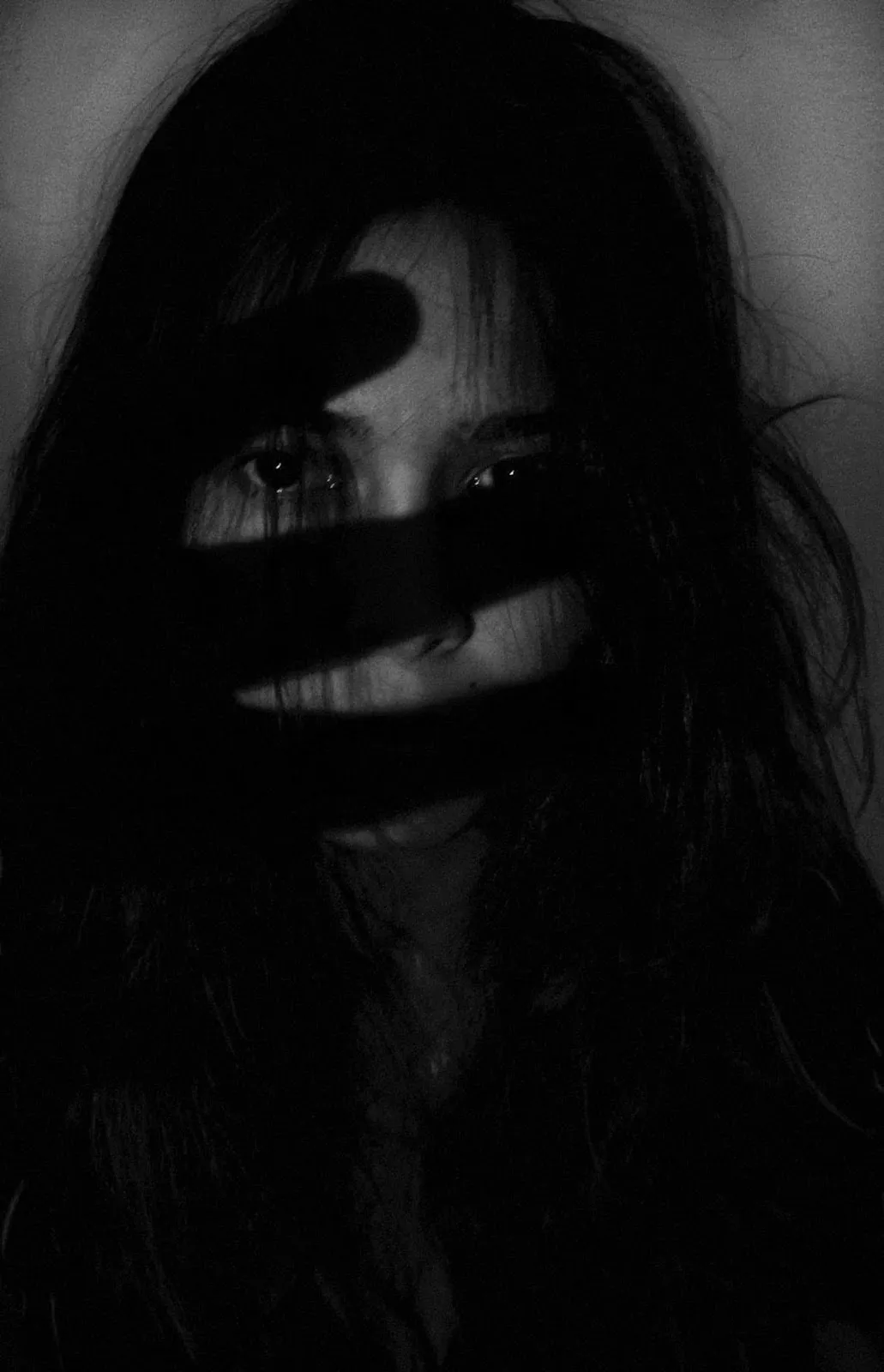
Gothic Horror
From crumbling architecture to the crumbling mind, gothic horror always delivers terrifying plots in breathtaking settings. Whether it's about a legendary cryptid stalking the streets of an old Victorian city or a cast of characters struggling to survive on a mountaintop as the last of their sanity slips away, this subgenre is for fans of dark settings and darker plots.
Want to vacation vicariously through a tortured main character in a Victorian castle? Here are some atmospheric gothic reads: Mexican Gothic by Silvia Moreno-Garcia; Black Spider by Jeremias Gotthelf; Plain Bad Heroines by Emily M. Danforth.
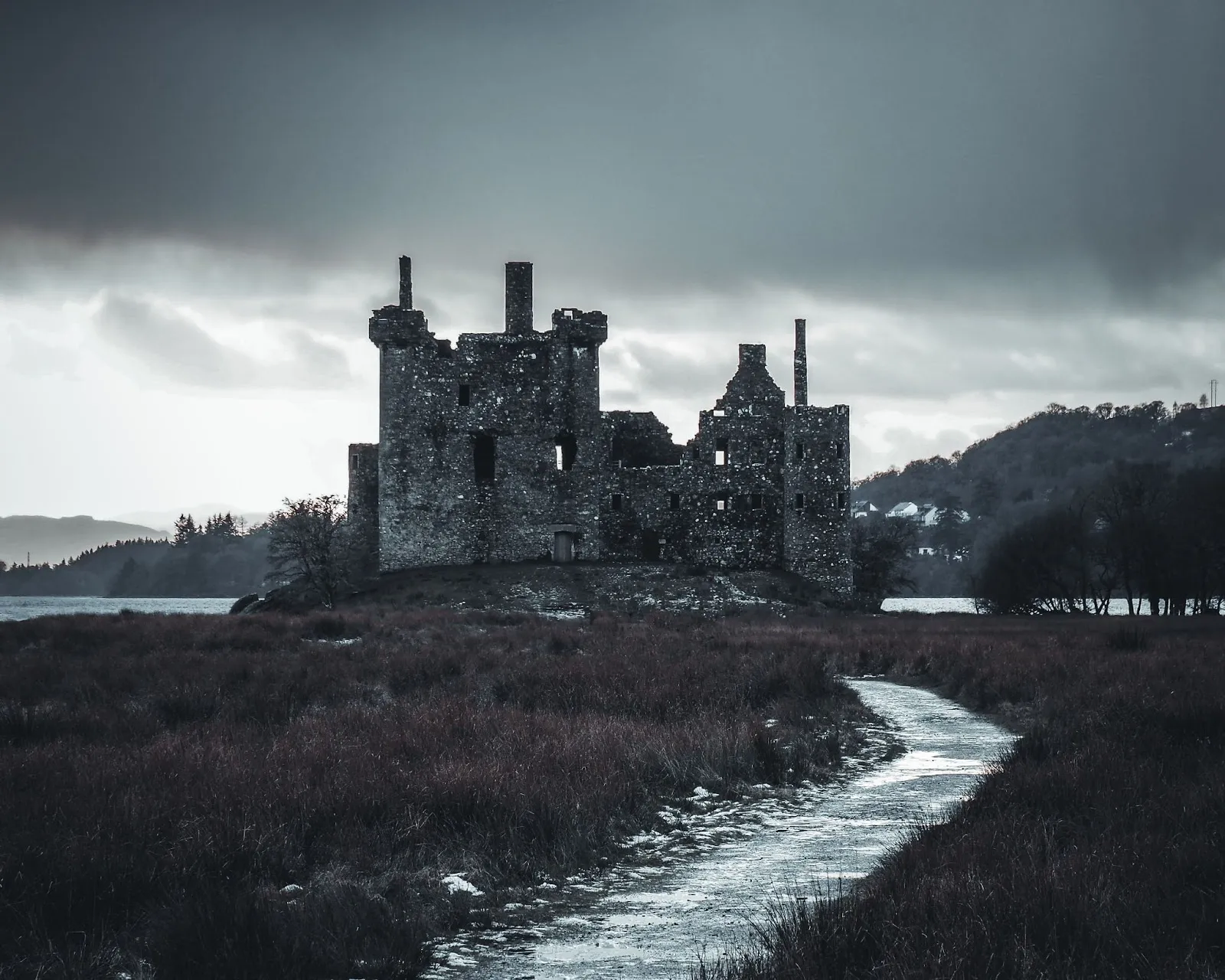
Lovecraftian Horror
Less inclined to showcase any of the mundane horrors of this world, Lovecraftian horror gets its name from a pioneer in the genre and renowned racist, H. P. Lovecraft, and his style of illustrating the unknowable and incomprehensible evils that exist outside our plane of existence. Also called cosmic horror, it often deals in dark gods and horrific creatures with truly too many body parts. How authors of this subgenre manage to describe the indescribable, I’ll never know.
Want your mind melted by an incomprehensible evil? Try The Monster of Elendhaven by Jennifer Giesbrecht; Agents of Dreamland by Caitlín R. Kiernan; Shadows of Carcosa by Edgar Allan Poe, Lovecraft, and more (collection).
Comedy Horror
For those that find the gore and grim plots of horror a bit much, comedy horror may be for you. It makes all the spine chilling details of horror easier to digest through a lighthearted tone sustained throughout the story to have you screaming one moment and laughing the next. Content in this subgenre ranges from pure comedy to parodies, often with many pop culture references and nods to other films/books. Truly the best of both worlds when you can’t decide between a fun, light-hearted read or a night that ends with stunned silence as you flip to the last page of the most traumatic book you’ve ever read.
Ready to scream-laugh your way through a novel? Try one of these: Meddling Kids by Edgar Cantero; Queen of Teeth by Hailey Piper; Cryptid Club by Sarah Anderson (graphic novel).
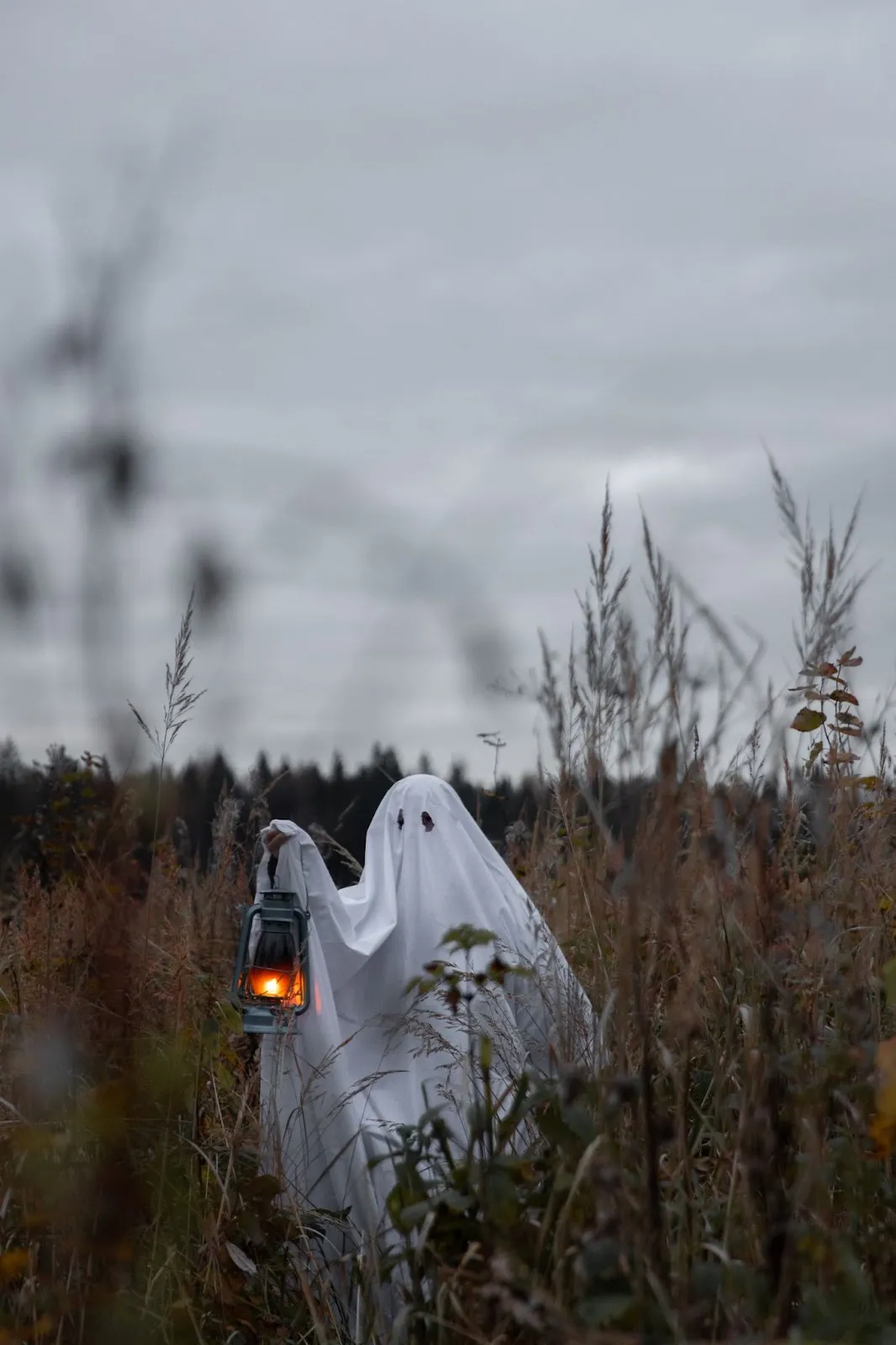
Paranormal Horror
Paranormal horror is for the readers that came to the genre looking for your classic haunted houses, possessions, and general poltergeist hijinks. You can expect plots like blissfully unaware main characters coming across strange artifacts, haunted houses, or vengeful demons. Whatever the plot is, you can be sure your happy-go-lucky main character will be a shell of themselves by the end of it, so don’t get too attached.
Want to take a risk being haunted through the page? You might like The Cipher by Kathe Koja; Winterscroft by Anita Walker; The House Next Door by Anne Rivers Siddons.
Thrillers
If you’re not feeling the slow creeping fear common in most horror, you’ll probably like thrillers, where the author is hellbent on taking their readers crashing down a wild plot full of suspense and excitement. You’ll likely find these plots to revolve around worldly horrors, like stalkers, killers, and twisted games thrust upon the main character. Still, don’t be surprised if a few demons and cults are thrown into the mix.
Looking to give your heart some exercise? Try Mister Magic by Kiersten White; How to Sell a Haunted House by Grady Hendrix; The Death of Jane Lawrence by Caitlin Starling.
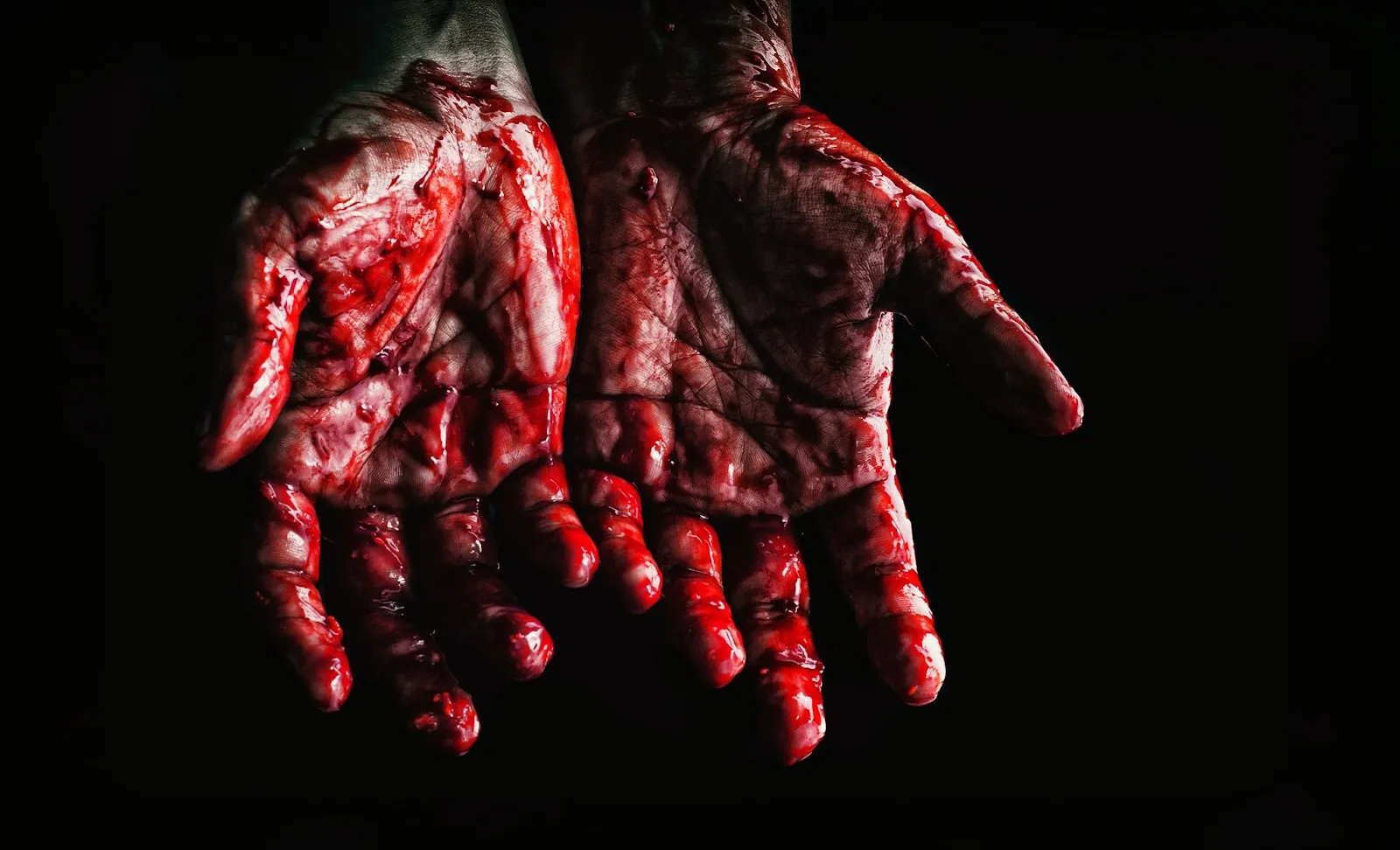
Dark Fantasy
Dark fantasy is perfect for readers looking for grim storylines with all the flair of your favorite magical realm. For these stories, not even the sky's the limit, as anything can happen in a world you built yourself! From dark gods to anti-heroes with all the political complexities of kingdoms on the brink of war, dark fantasy will scratch that horror itch while providing a harsh reality to lose yourself in for a few hundred pages.
Ready to enter a fantastically dark land? Show your bravery by reading Daughter of the Blood by Anne Bishop; The Red Tree by Caitlin R. Kiernan; Miserere by Teresa Frohock.
Sci-Fi Horror
Another perfect combination of two popular genres, sci-fi horror truly provides one of the most frightening reading experiences. Content can range from a small group of space cadets being trapped on a ship with a bloodthirsty alien to mad science experiments gone wrong. It’s similar to Lovecraftian horror in that writers of this subgenre can really flex their creative muscles to conjure up whatever horrible aliens, robots, or twisted galaxies that their heart's desire.
Looking to be part of an alien’s mad experiment? Check out Full Immersion by Gemma Amor; Dead Silence by S.A. Barnes; Dead Space by Kali Wallace.
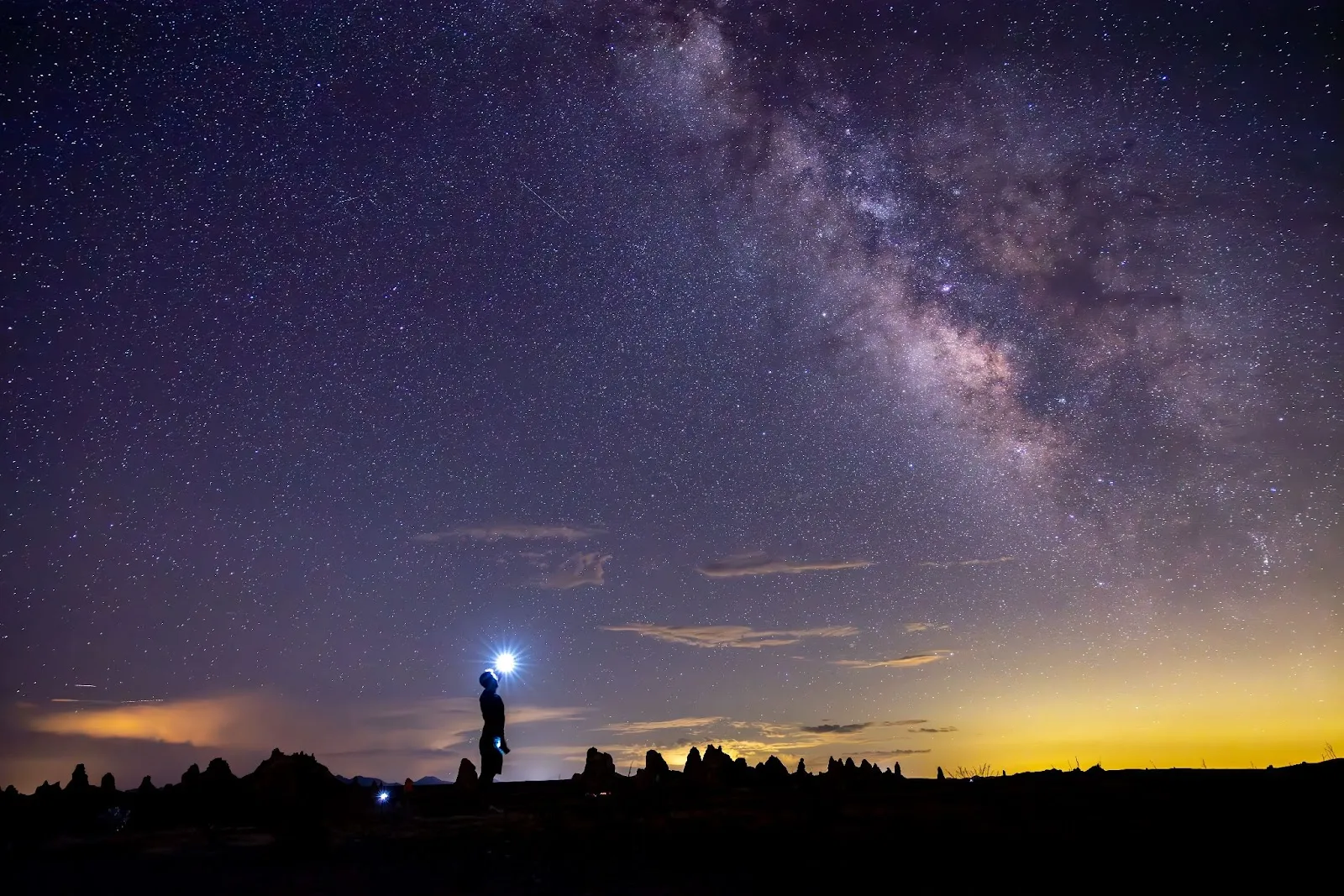
I think after reading this article, you can officially consider yourself a horror expert. You’ve got the knowledge of some of its most popular subgenres, and you didn’t shy away once. Look how brave you are! All there’s left to do is either take one of my reading suggestions and get lost in a land of horror or try your own hand at writing one of these mediums of horror. Either way, I just hope you don’t lose any sleep over these terrifying horror subgenres.
Like what you're reading?
Join other authors like you in NovelPad’s free writing community!
Join the communitySimilar Posts
What File Formats are Accepted by Kindle Direct Publishing?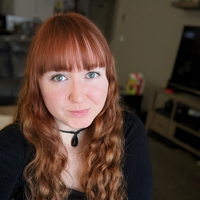
File types for ebooks, paperbacks, and hardbacks on Amazon's KDP.
Ollie Ander
Is probably just a couple cats in a trench-coat—the hair shedding and sunlight napping are highly suspect.
The Writer’s Resolution Guide 2024
Goal ideas and strategies for your new writing year.
Sage Kay
Writer, reader, outfit repeater.
How long is a fantasy book? Words, pages, chapters, scenes, & prologues
What should wordcount goals look like for a fantasy novel?
S.R. Beaston
Crafty with words, wit, and wisdom, just add caffeine to make it more interesting.
How Long is a Self-Help Book?
The lengths and standards for the self-help genre.
S.R. Beaston
Crafty with words, wit, and wisdom, just add caffeine to make it more interesting.
Common Novel Revision Mistakes & How to Avoid Them
You've read the revision tip lists--here's what NOT to do when revising a novel.
Bella Rose Emmorey
book editor, rogue behaviorist, digital marketer, writer, brand builder, plant aunt, and cheese enthusiast.
When is the best time to publish a romance novel?
What is the best month and day of the week to publish a romance? Do romance novelists make money?
Rina Fontes Malka
A writer with too many ideas and not enough time.